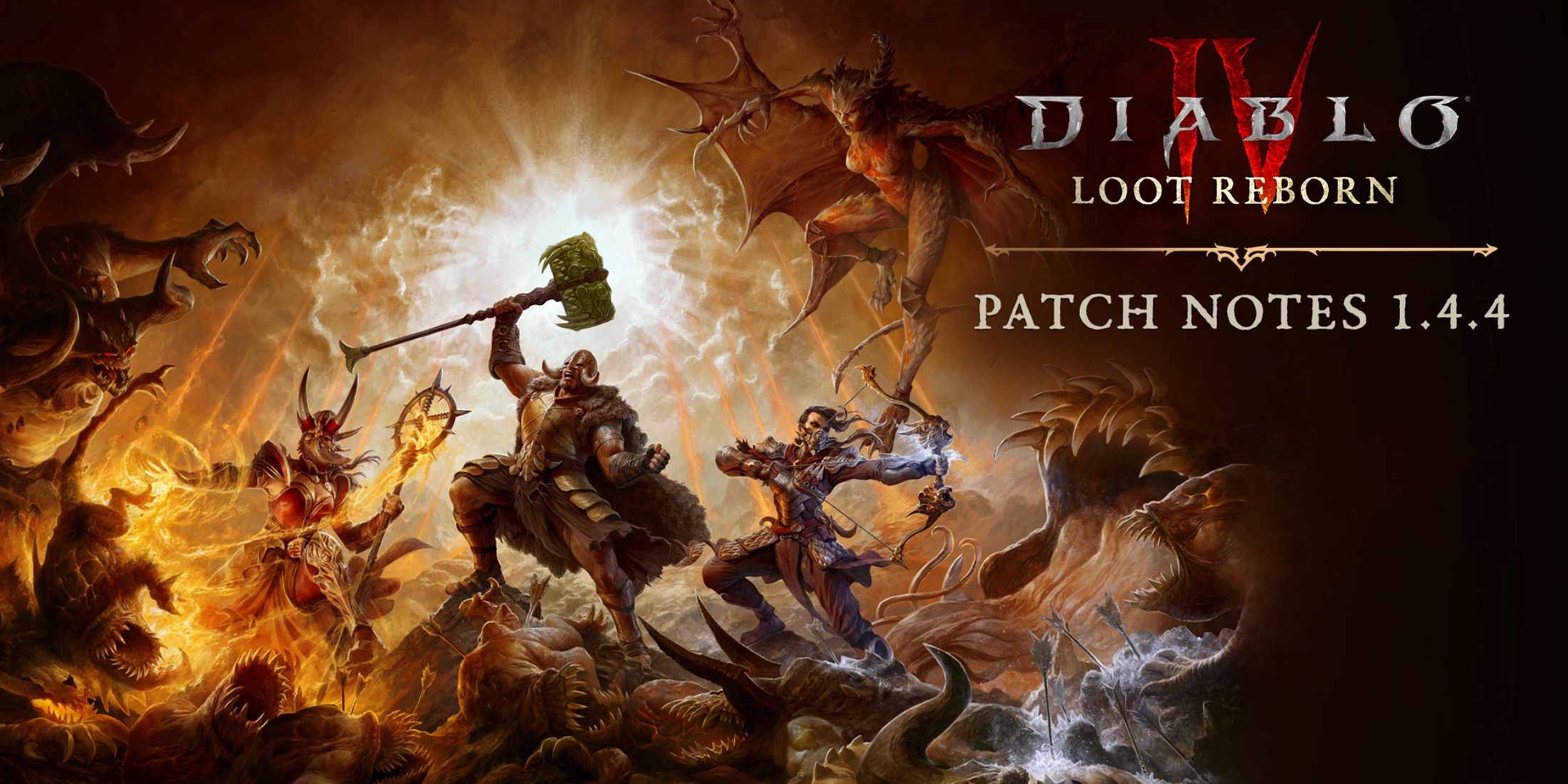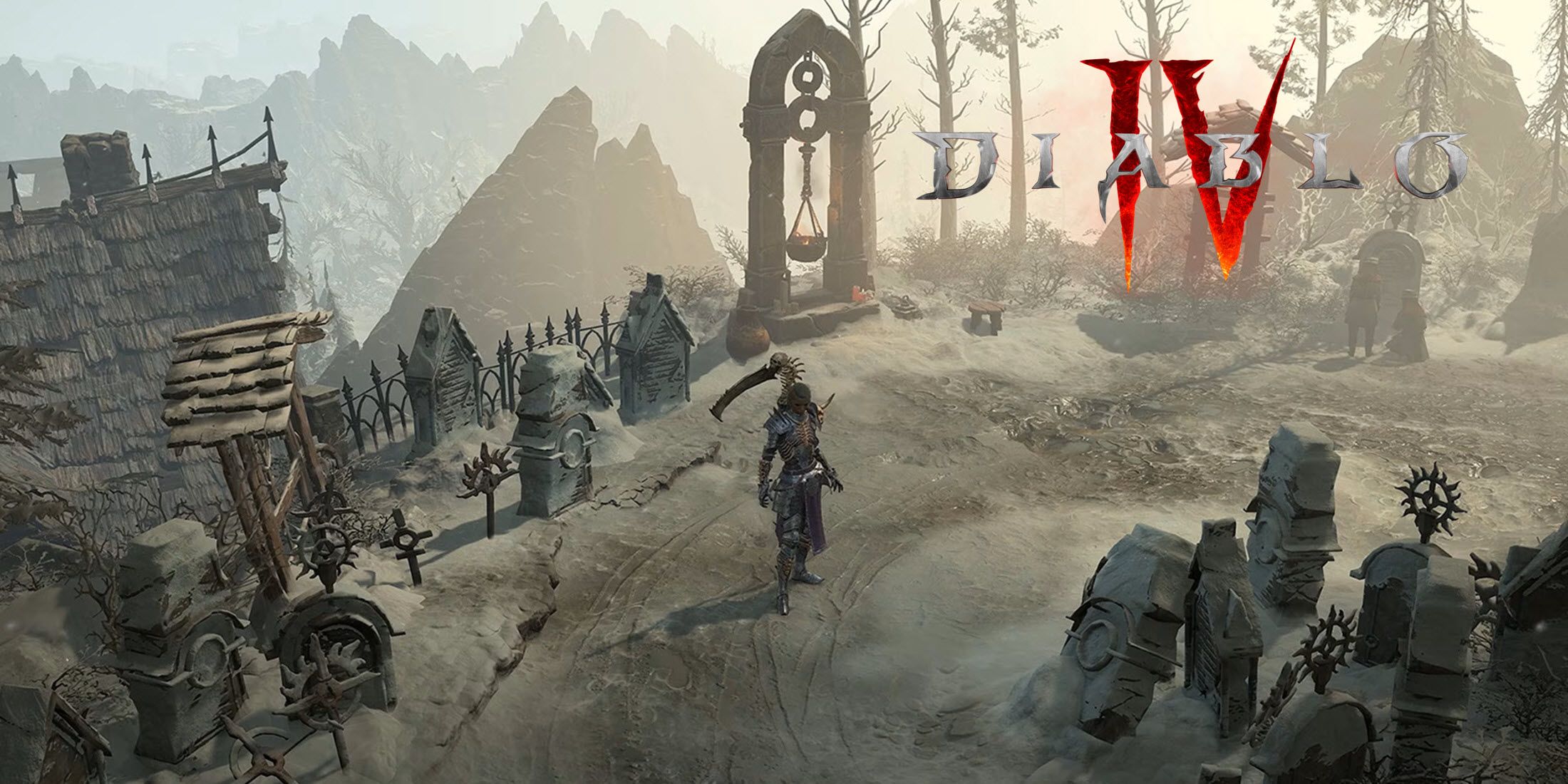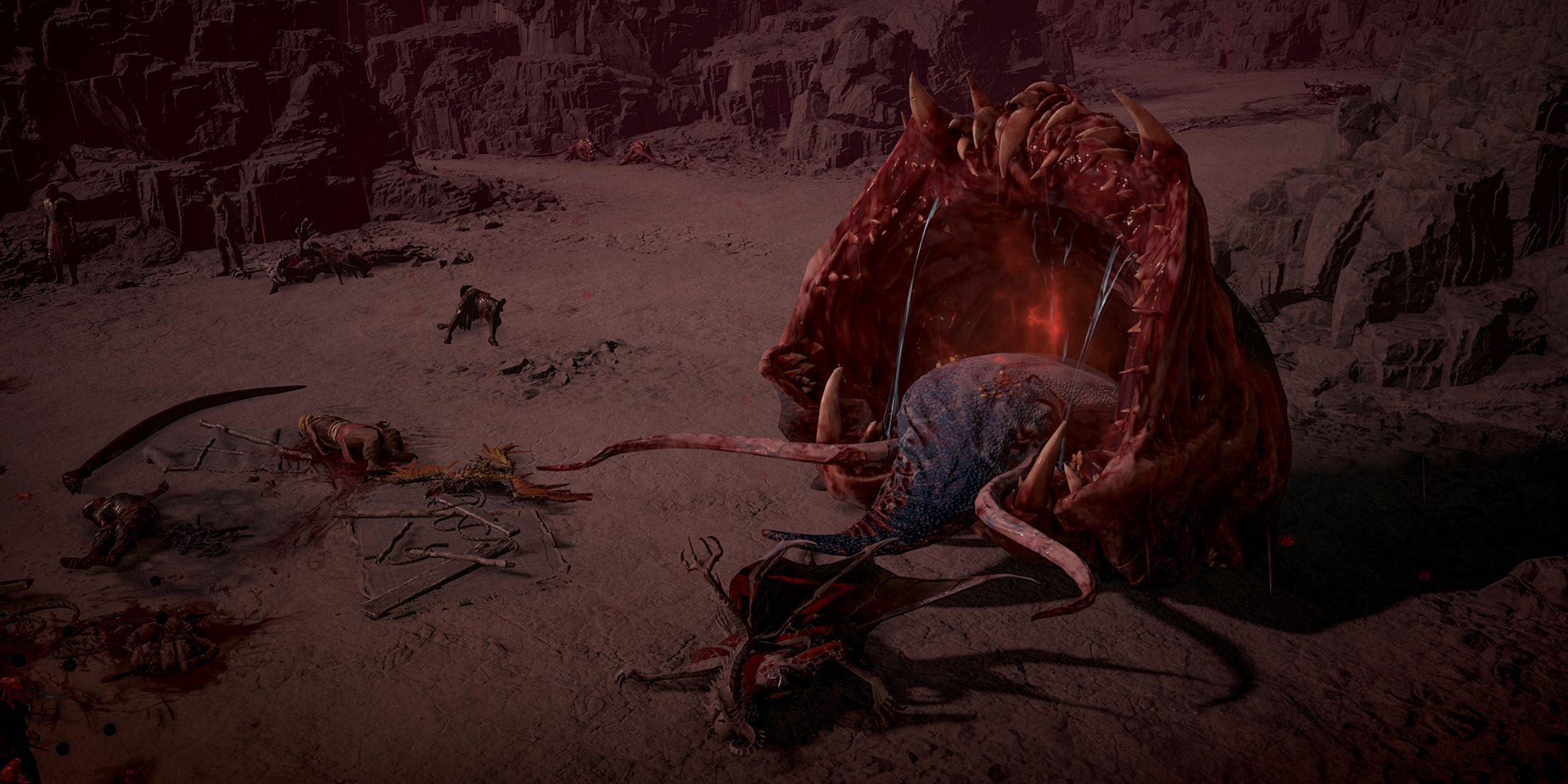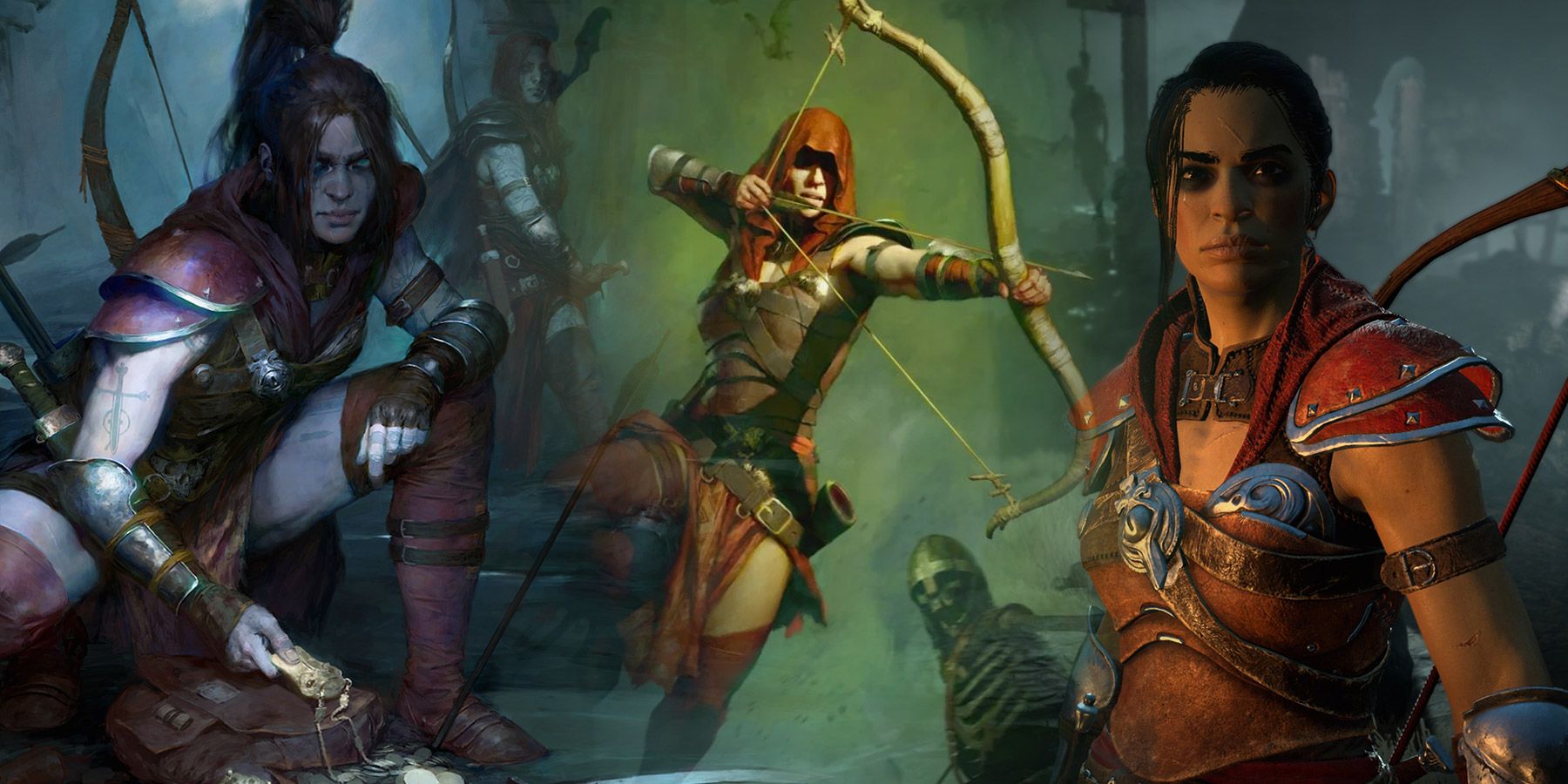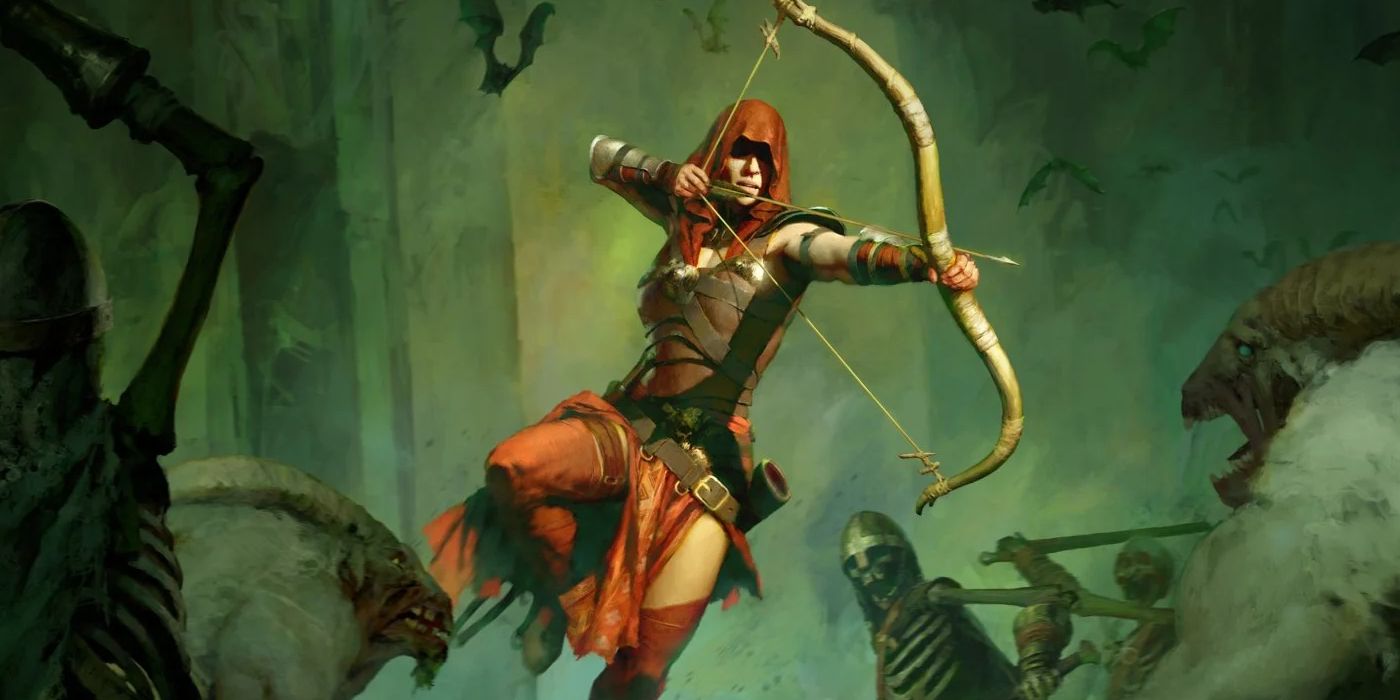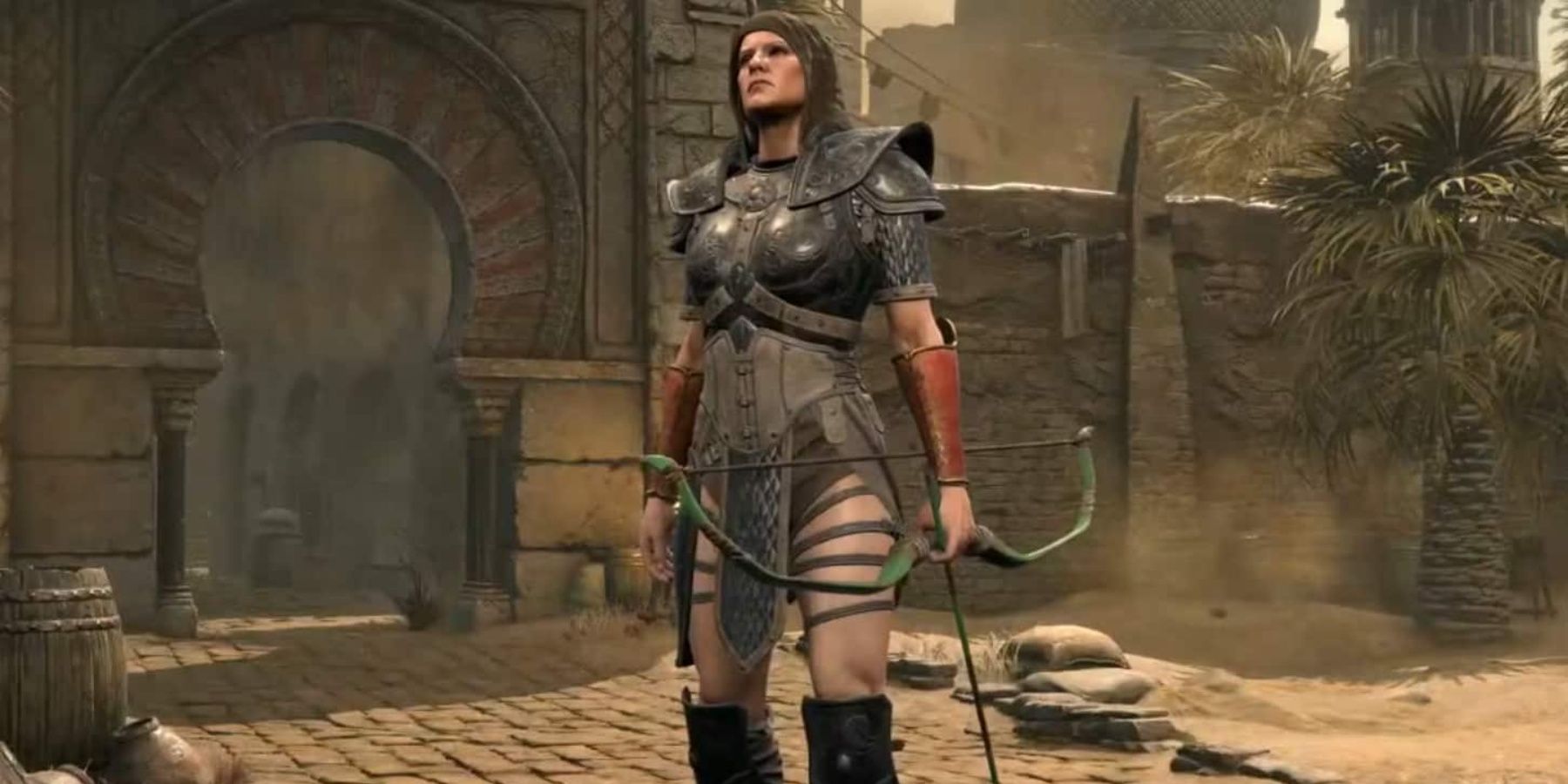Between both the pre-release beta periods and the newly-open early release window for Diablo 4, the Rogue class has proven to be one of the more popular of the game's starting classes. After initially appearing in the original Diablo, the Rogue has not been featured in another franchise game until Diablo 4 as either a starting class or as part of an expansion. For those who have kept up with the Diablo franchise since the original game, it's difficult to not see the newest iteration of the Rogue class taking inspiration from the Amazon class in Diablo 2.
One of the aspects of playing as the Rogue that makes it so appealing is the class' ability to switch between ranged and melee weapons and craft builds based around either or both. After initially appearing in the series as a purely ranged character, Diablo 4's Rogue is a bit of a "jack-of-all-trades" and can be quite a versatile class for players looking to deal damage with increased mobility. These characteristics come as a direct result of the introduction of the Amazon class in Diablo 2, which was the first dexterity-focused class to have both melee and ranged options in combat.
Diablo 4's Rogue Combines the Best Parts of Previous Classes
In the original Diablo, players were restricted to either purely melee or ranged classes, with both the Rogue and Sorcerer essentially being incapable of taking on enemies directly and forced to play from the edges of the screen. The Amazon class in Diablo 2 rectified this limitation by providing players the mobility of the Rogue while also being capable of withstanding enemy assaults up close. Not only was the Amazon class adept at using a bow for ranged combat, but players could craft a build around using spears and javelins to transform the class into a melee powerhouse. The one thing the Amazon couldn't do was use one-handed bladed weapons, but Diablo 3 addressed this with the Demon Hunter.
The Demon Hunter class in Diablo 3 took the best parts of the Assassin class (introduced in the Lord of Destruction expansion from Diablo 2) and removed the need to rely on moving in the shadows and use of traps to focus on two-handed melee combat with daggers and knives. Diablo 4's version of the Rogue is somewhat of an amalgamation of all these classes, being a class that had high dexterity and plenty of options for mobility to move swiftly in and out of combat while also having versatility in how to approach encounters. While the class doesn't adhere strictly to its template, the Amazon laid the groundwork behind Diablo 4's Rogue.
Diablo 2's Amazon Walked so Diablo 4's Rogue Could Run
Out of the original five starting classes available in Diablo 2, the Amazon is the only one that has a both a ranged and melee focus. The Barbarian supplanted Diablo's Warrior and the Paladin is somewhere between the Barbarian and Amazon in terms of speed and mobility while also featuring faith-based magic. For players looking to replicate their favorite Rogue build from the original game, Diablo 2's Amazon was their best and most reliable choice.
The Rogue's return in Diablo 4 finally brings ranged/melee builds back as a viable option for players not wanting to use a Sorceress or Necromancer, and Diablo 4's pulling from Diablo 2 for its tone and aesthetic may have resulted in the Rogue borrowing some of its qualities from the Amazon. As it stands, the Amazon is one of the better classes from Diablo 2, a distinction that is shared with the Rogue's popularity among Diablo 4's starting classes. The world of Sanctuary is a dangerous place, and a ranged-focused class helps to provide players with some breathing room. This alone makes the Rogue one of the best starting options, and players have the Amazon from Diablo 2 to primarily thank.
Diablo 4 is available now in early access with its full launch coming June 6 for PC, PS4, PS5, Xbox One, and Xbox Series X/S.

